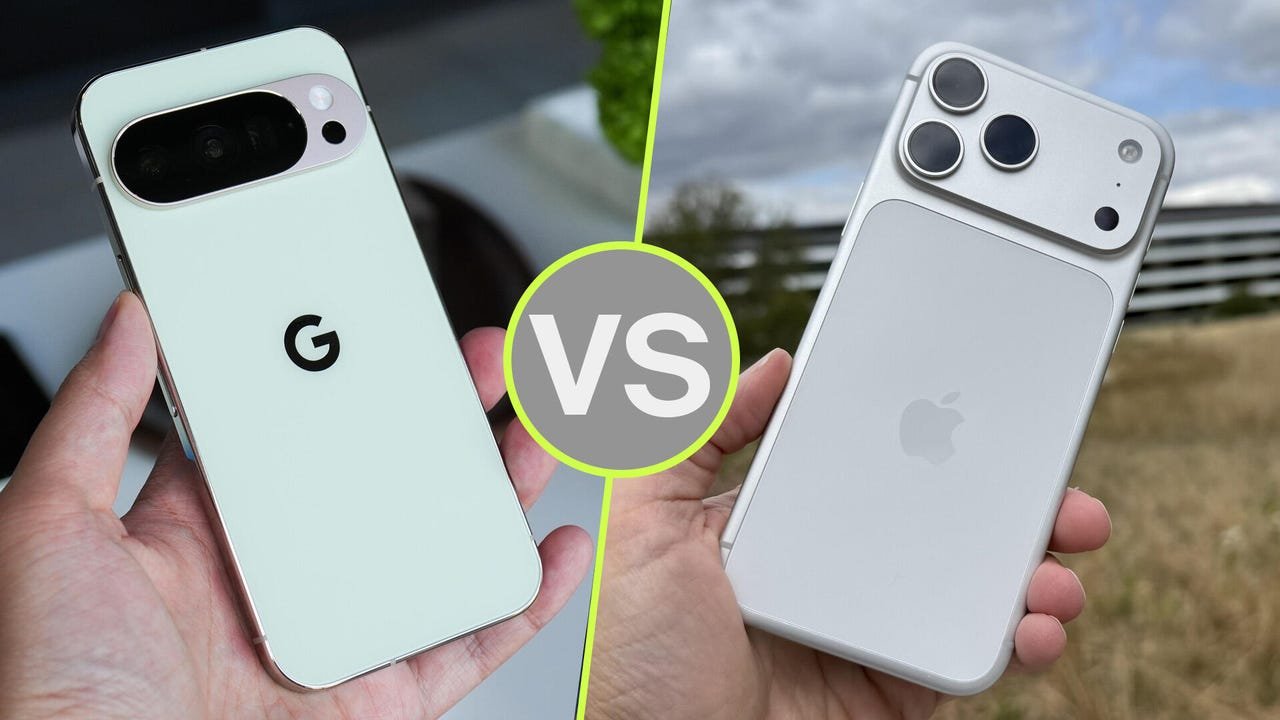Comparative Analysis of the iPhone 17 Pro Max and Google Pixel 10 Pro
Design and Software Innovations: Lessons for Google
Camera Capabilities: Strengths and Areas for Improvement
The launch of the iPhone 17 Pro Max has prompted a closer look at the Google Pixel 10 Pro, particularly in terms of what Google can learn from Apple’s latest offering. This analysis explores the strengths and weaknesses of both devices, focusing on design, software, and camera capabilities.
In terms of hardware and design, Google has made notable improvements with the Pixel 10 Pro, blending inspiration from previous models while maintaining its unique identity. The iPhone 17 Pro Max, however, has adopted some design elements reminiscent of the Pixel, including a camera layout that resembles Google’s approach. This trend highlights how Google’s design choices have influenced the broader smartphone market and how both companies are continuously adapting to each other’s innovations.
On the software front, Google aims to enhance the user experience without mimicking Apple’s more complex interface. The integration of AI in the Pixel 10 Pro is intended to streamline tasks, while Google’s Material 3 design focuses on personalization and fun. This emphasizes an approach catering to user preferences and lifestyle. In contrast, Apple’s recent software updates have introduced visual changes that have raised accessibility concerns among users, suggesting that Google could capitalize on these shortcomings by prioritizing intuitive usability and customization in future iterations of their software.
Camera performance is another critical area where both devices differ. The Pixel 10 Pro excels in delivering accurate skin tones through its Real Tone algorithms, which have been widely praised for their natural rendering in various lighting conditions. This capability is particularly significant for users who prioritize portrait photography. On the other hand, the iPhone 17 Pro Max offers users more manual control over their photography with a robust suite of editing tools and options for capturing images. This gives professional and amateur photographers the flexibility they crave. Google is encouraged to balance AI enhancements with hardware capabilities to ensure high-quality photography without over-reliance on artificial intelligence, preserving the creative input of users.
In addition to strong still photography, video capabilities represent another area where substantial differences between the devices are evident. The Pixel 10 Pro faces challenges in competing with the iPhone 17 Pro Max, particularly concerning video quality and advanced features. Apple’s video capabilities are currently superior, with impressive features such as Cinematic mode, ProRAW video, and excellent stabilization. Furthermore, professional users are increasingly gravitating toward devices capable of producing broadcast-quality video, and Google is urged to innovate in this area, potentially by adding features like LOG video recording and improved low-light performance for video. Such advancements could significantly enhance the Pixel’s appeal among content creators.
Despite its strengths, the Pixel 10 Pro also has some drawbacks that could affect user choices in the competitive smartphone landscape. The battery life, while satisfactory, does not match the efficiency of the iPhone 17 Pro Max, particularly under demanding usage scenarios. Additionally, while Google has improved the Pixel’s build quality, some users have expressed concerns regarding durability, suggesting that greater emphasis on robust materials may improve user satisfaction.
Ultimately, while the Pixel 10 Pro is a strong contender in the smartphone market, it must continue to evolve to meet user expectations and compete effectively with established leaders like Apple. By focusing on improving user experience and leveraging its unique strengths, Google has the potential to create a device that rivals the iPhone in various aspects. Innovation in camera technology and video capabilities, along with an unwavering focus on software usability, could significantly bolster Google’s position in this competitive arena.
As Google navigates its path forward, it will be essential to maintain a balance between innovation and user satisfaction. The company has a dedicated user base that appreciates its approach to software and unique features, but it must also heed user feedback and market trends. With the right improvements and a strategic emphasis on both hardware and software enhancements, the Pixel 10 Pro could become a compelling alternative for those considering a switch from Apple’s ecosystem. As the landscape of mobile technology continues to evolve, the rivalry between these two tech giants will likely drive further advancements and creative solutions, benefiting consumers in the long run.



